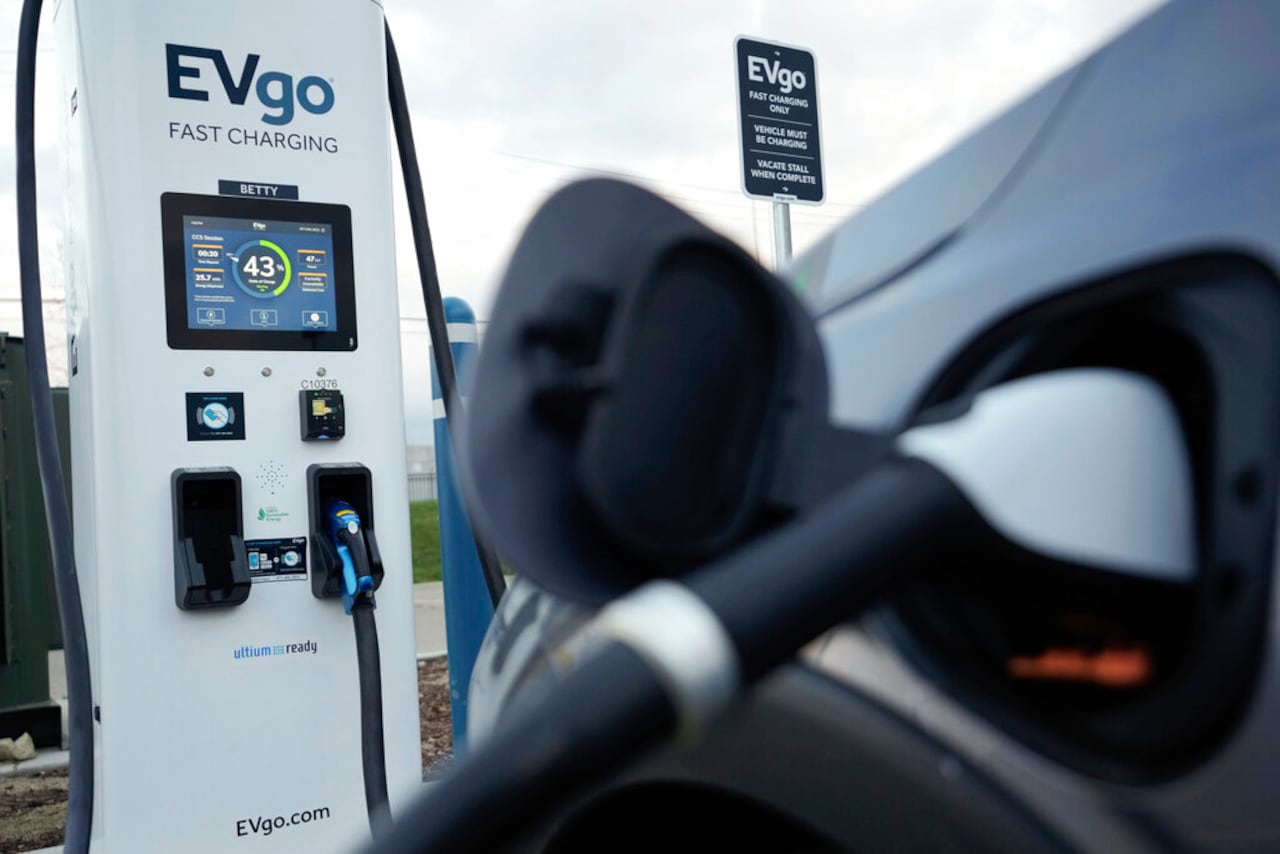US-China Trade Flows Despite Tariff Truce

Table of Contents
Persistent Trade Despite Tariffs
Even with tariffs in place, the volume of goods exchanged between the US and China remains substantial. The impact of tariffs on trade volume has been complex and varied across sectors. Analyzing import/export data reveals a persistent level of bilateral trade, despite the imposition of economic sanctions and trade disputes. The overall trade deficit between the two countries continues to be a significant factor influencing policy decisions.
- Specific Sectors Showing Resilience: Despite tariffs, trade in certain sectors, like technology components and certain agricultural products, has remained relatively strong. This indicates that some supply chains are highly integrated and resistant to immediate disruption.
- Tariff Impact on Industries: The impact of tariffs has not been uniform. Some US industries experienced significant challenges, while others adapted or found alternative sourcing. Similarly, Chinese industries have adjusted their strategies to mitigate the effects of US tariffs. Detailed analysis reveals varied responses based on the specific industry's dependence on the US or Chinese market.
- Supply Chain Shifts: The imposition of tariffs has led to a significant reshuffling of global supply chains. Companies have sought alternative sources for goods and components to avoid the added costs associated with tariffs, resulting in a more diversified, albeit potentially less efficient, global production network.
- Ongoing Trade Volume: Statistical data demonstrates that despite the trade war and tariffs, the overall volume of trade between the US and China remains surprisingly high. This highlights the deeply interconnected nature of the two economies and the difficulty of completely decoupling them.
The Role of "Phase One" Trade Deal
The "Phase One" trade deal, signed in January 2020, aimed to de-escalate tensions and address some key trade imbalances. However, its impact on current trade flows has been mixed. While it led to increased Chinese purchases of US agricultural products, many challenges remain.
- China's Commitment Fulfillment: While China has made progress on some of its commitments under the "Phase One" agreement, concerns persist about the pace and extent of fulfillment, especially regarding intellectual property protection and market access for US companies.
- Agricultural Purchases: Increased Chinese purchases of US agricultural products have provided some relief to affected farmers, but this increase hasn't fully offset the negative effects of the broader trade war.
- Intellectual Property Rights: Enforcement of intellectual property rights remains a significant hurdle. The lack of substantial progress in this area casts doubt on the long-term effectiveness of the "Phase One" agreement in addressing underlying trade imbalances.
- Overall Impact of "Phase One": The "Phase One" deal has arguably provided a temporary pause in the trade war but hasn't fundamentally altered the underlying geopolitical tensions that fuel the conflict. Its long-term effectiveness remains questionable.
Geopolitical Factors Influencing Trade
Geopolitical tensions and strategic considerations beyond pure economics significantly influence US-China trade flows. The increasing focus on national security concerns and technological rivalry adds another layer of complexity.
- Technological Rivalry: The competition between the US and China in crucial technology sectors, including 5G, semiconductors, and artificial intelligence, is profoundly impacting trade relations. This competition often extends beyond economic considerations, involving national security and strategic advantages.
- National Security Concerns: Concerns about intellectual property theft, technology transfer, and national security have led to increased scrutiny of trade with China, limiting access to certain technologies and industries.
- Decoupling and Supply Chain Diversification: The trend towards decoupling—reducing economic interdependence—is accelerating, with companies actively diversifying their supply chains to reduce reliance on China. This process is both costly and time-consuming.
- Role of Other Countries: Other countries are playing an increasingly important role in reshaping global supply chains, offering alternative manufacturing and sourcing options to both the US and China.
The Future of US-China Trade
Predicting the future of US-China trade is challenging due to the many uncertainties. However, several potential scenarios can be considered.
- Future Trade Negotiations: Further negotiations are possible, but their success will depend on addressing underlying geopolitical tensions and building trust.
- Long-Term Economic Effects: The trade war has already had significant long-term economic consequences, affecting growth, investment, and consumer prices in both countries.
- Future Trade Volume and Composition: The future trajectory of trade volume and composition will depend heavily on the resolution (or escalation) of geopolitical tensions and the success of efforts to diversify supply chains.
- Further Escalation or De-escalation: The possibility of further escalation or de-escalation remains, depending on various factors, including political changes in both countries and global economic conditions.
Conclusion
US-China trade flows remain remarkably complex despite the tariff truce. Persistent trade volumes, the limited impact of the "Phase One" deal, and significant geopolitical factors all contribute to the ongoing dynamic. While the immediate future is uncertain, understanding these nuances is crucial for navigating this evolving relationship. Stay informed about ongoing developments in US-China trade relations; continue to monitor US-China trade flows for insights into the ever-evolving economic relationship between these two global powers. Understanding the intricacies of US-China trade is critical for businesses and policymakers alike.

Featured Posts
-
 Festival De La Camargue A Port Saint Louis Du Rhone Au Rythme Des Mers Et Des Oceans
May 31, 2025
Festival De La Camargue A Port Saint Louis Du Rhone Au Rythme Des Mers Et Des Oceans
May 31, 2025 -
 Le Plaidoyer D Isabelle Autissier Contre La Division Sur Les Questions Ecologiques
May 31, 2025
Le Plaidoyer D Isabelle Autissier Contre La Division Sur Les Questions Ecologiques
May 31, 2025 -
 Whalebone Lane South Dagenham Details Of Recent Car Crash
May 31, 2025
Whalebone Lane South Dagenham Details Of Recent Car Crash
May 31, 2025 -
 Update Plagiaatzaak Miley Cyrus En De Gelijkenis Met Bruno Mars Hit
May 31, 2025
Update Plagiaatzaak Miley Cyrus En De Gelijkenis Met Bruno Mars Hit
May 31, 2025 -
 Auto Dealers Push Back Against Mandatory Electric Vehicle Sales
May 31, 2025
Auto Dealers Push Back Against Mandatory Electric Vehicle Sales
May 31, 2025
